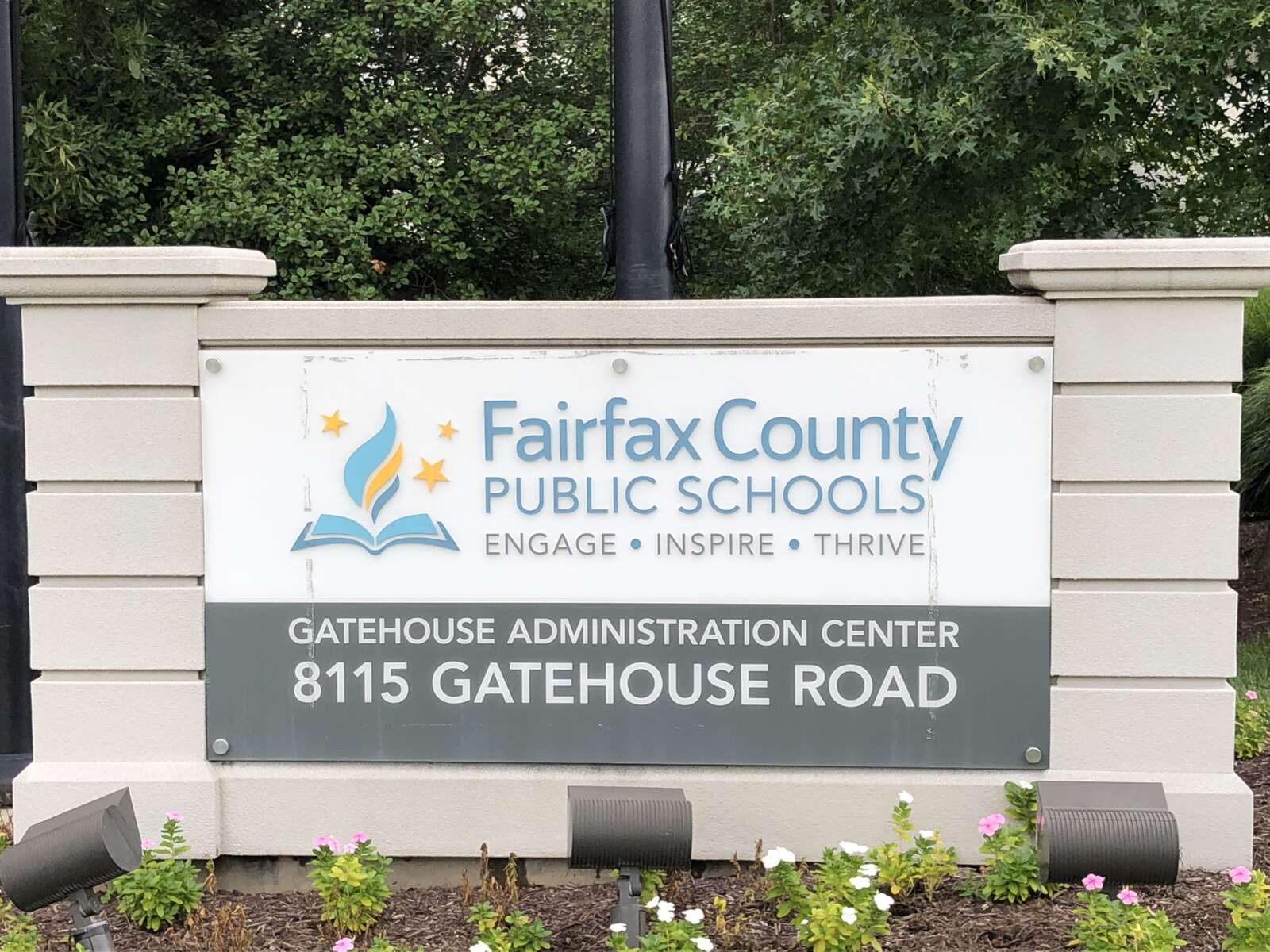
The upcoming capital projects plan for Fairfax County Public Schools comes with questions and uncertainties about future planning to address overcrowding and school capacity issues throughout the school system earlier this month.
Unveiled earlier this month, the new Capital Improvements Program (CIP) covers fiscal years 2025 through 2029. It sets the location, timing and funding of new schools, renovations and other capital projects over a five-year period.
At a Fairfax County School Board work session on Jan. 9, staff shared that the CIP accounts for cost increasesassociated with inflation, labor and materials increases, and prevailing wage.
Mason District Representative Ricardy Anderson pressed staff for answers how when schools in her district — namely Weyanoke Elementary School, Belvedere Elementary School and Luther Jackson Middle School — will be slated for renovation.
“Their buildings are highly problematic,” Anderson said.
Janice Szymanski, the school system’s chief of facility services and capital programs, a newly created position, said staff are working on building consensus on the renovation queue, which was last updated in 2009. The new line-up that’s currently under development isn’t reflected in the CIP at the moment.
FCPS Superintendent Michelle Reid also acknowledged that the renovation process has become “a bit muddled over time,” raising the need for the new queue.
“We don’t intend to be weasely as staff, but I do think we’re building the process while we take the input, so I want to manage expectations,” Reid said.
Major projects within the next five years include construction of Dunn Loring Elementary School, capacity improvements at Justice High School and the renovation of 22 schools.
The 10-year plan projects new construction of a Silver Line elementary school and a western high school, Pinewood Lakes Early Childhood Center, Tysons Elementary School, Pimmit Hills, and Virginia Hills.
Seema Dixit, the board’s new Sully District member, said she was especially concerned about overcrowding issues on the western side of the county.
“That’s where we have to put our brains together and find some creative ways,” Dixit said, noting that land acquisition for some schools is coming far too late.
Staff hope to lay out a new renovation queue that will establish how renovations — major and minor — are planned. The current renovation line-up has funding for planning, design or construction projects through 2031.
So far, a consultant worked with stakeholders in early 2023 to create possible criteria for new facilities. Phase two of the update includes compiling data and reviewing a new queue. The final phase of the project would incorporate the new system into the annual CIP and future bond referenda.
School board members also lamented a lack of sufficient progress on pursuing net-zero energy goals. Solar power purchase agreements are in place for Annandale High School and Mason Crest Elementary School.
At-large board member Ryan McElveen said he was particularly dismayed about limited progress on ensuring schools are ready for solar power, adding that he and fellow returning at-large member Ilryong Moon developed a list of 90 schools that were on track for being solar ready when they left the board in 2019.
“That is a major blow. Obviously there are reasons for all of this and this is not just an FCPS problem. This is a county problem as well,” McElveen said, referencing the challenges that the county government has faced in implementing solar projects.
Overall, total student membership is expected to remain flat over the next five years. The county’s demographic report also projects a decline in the school-aged population through next year.
School board action on the budget is expected on Feb. 8, followed by official release of the final CIP in mid-February. A public hearing was held on Jan. 18.

